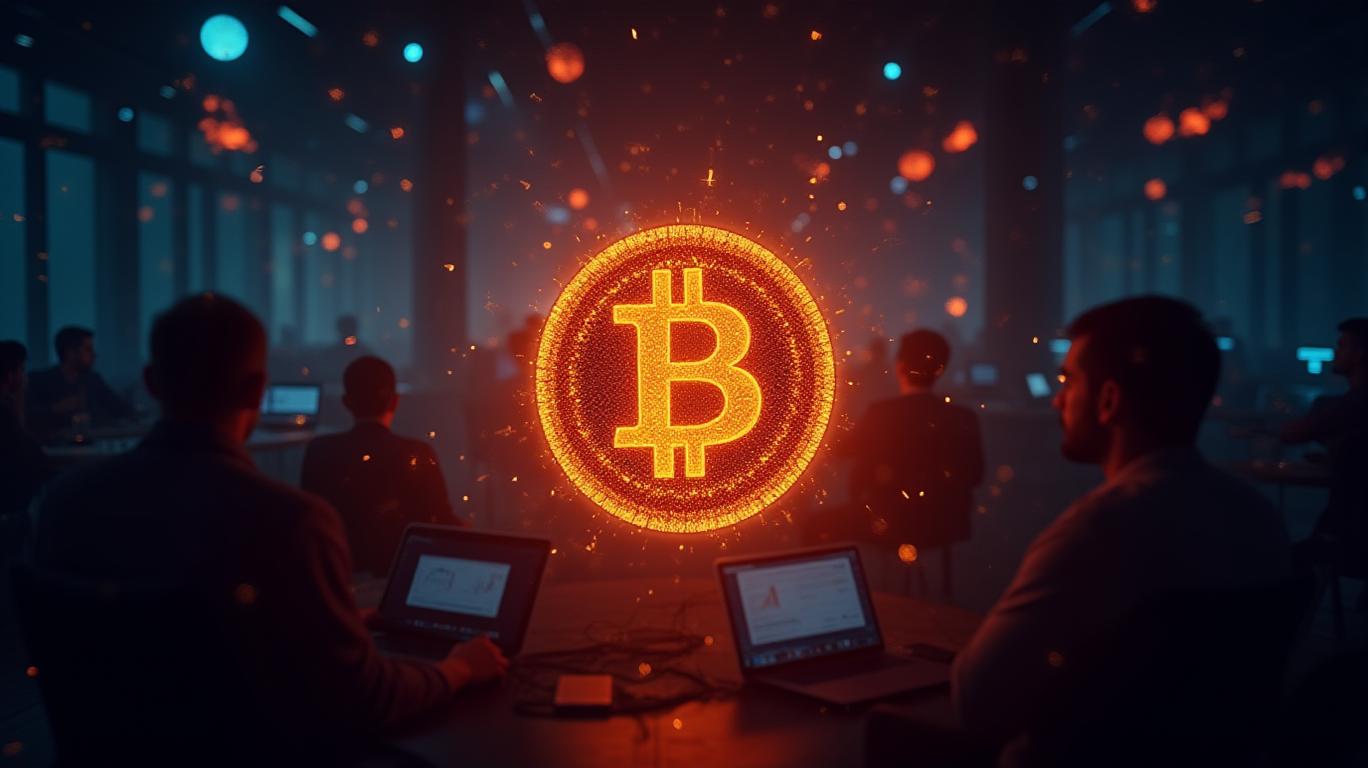Bitcoin May Hit New High as M2 Supply Accelerates, Says Analyst
Cryptocurrency analyst and trader Michael van de Poppe from Amsterdam has shared a chart indicating that Bitcoin has a high probability of reaching a new all-time high within the next three months. The chart, provided by Julien Bittel, Head of Macro Research at Global Macro Investor, shows an accelerating M2 supply, which measures the total amount of money in circulation, including cash and deposits.
The chart illustrates that earlier this year, the trajectories of the Bitcoin price and M2 were correlated. When M2 reached its bottoming zone, the Bitcoin price showed a sharp decline. The chart, starting from 2023, demonstrates that BTC and M2 have been correlated throughout the year. If this correlation continues, van de Poppe suggests that Bitcoin is likely to reach a new all-time high within the next three months. The chart indicates that a rise in M2 is likely to precede a Bitcoin price surge. Currently, the overall money supply has reached $120 trillion, according to the chart.
The analyst further noted that if both M2 and the Bitcoin price skyrocket, it would signify the rise of the Chinese yuan against the U.S. dollar, a decline in the gold price, a fall in the U.S. dollar index, and a rise in the altcoin market.
This week, Michael Saylor announced that his company, Strategy, had made another significant Bitcoin acquisition, purchasing 3,459 BTC. This acquisition cost Strategy approximately $285.8 million. With this purchase, Strategy’s Bitcoin holdings have increased to 531,644 BTC, valued at $45,500,432,753, with Bitcoin currently trading at $85,584 per coin.
However, this acquisition has drawn criticism from internet entrepreneur Vinny Lingham, who suggested that Strategy is turning into the “Federal Reserve for Bitcoin.” Lingham highlighted the growing size of Strategy’s BTC holdings and the potential impact on the network if it continues to grow. A comparison to the Federal Reserve implies that if the majority of Bitcoin becomes concentrated in the hands of a few corporate holders, it could become centralized like the U.S. dollar, which is contrary to the original vision of Satoshi Nakamoto.




_23f7f7eb1749627884277.png)






